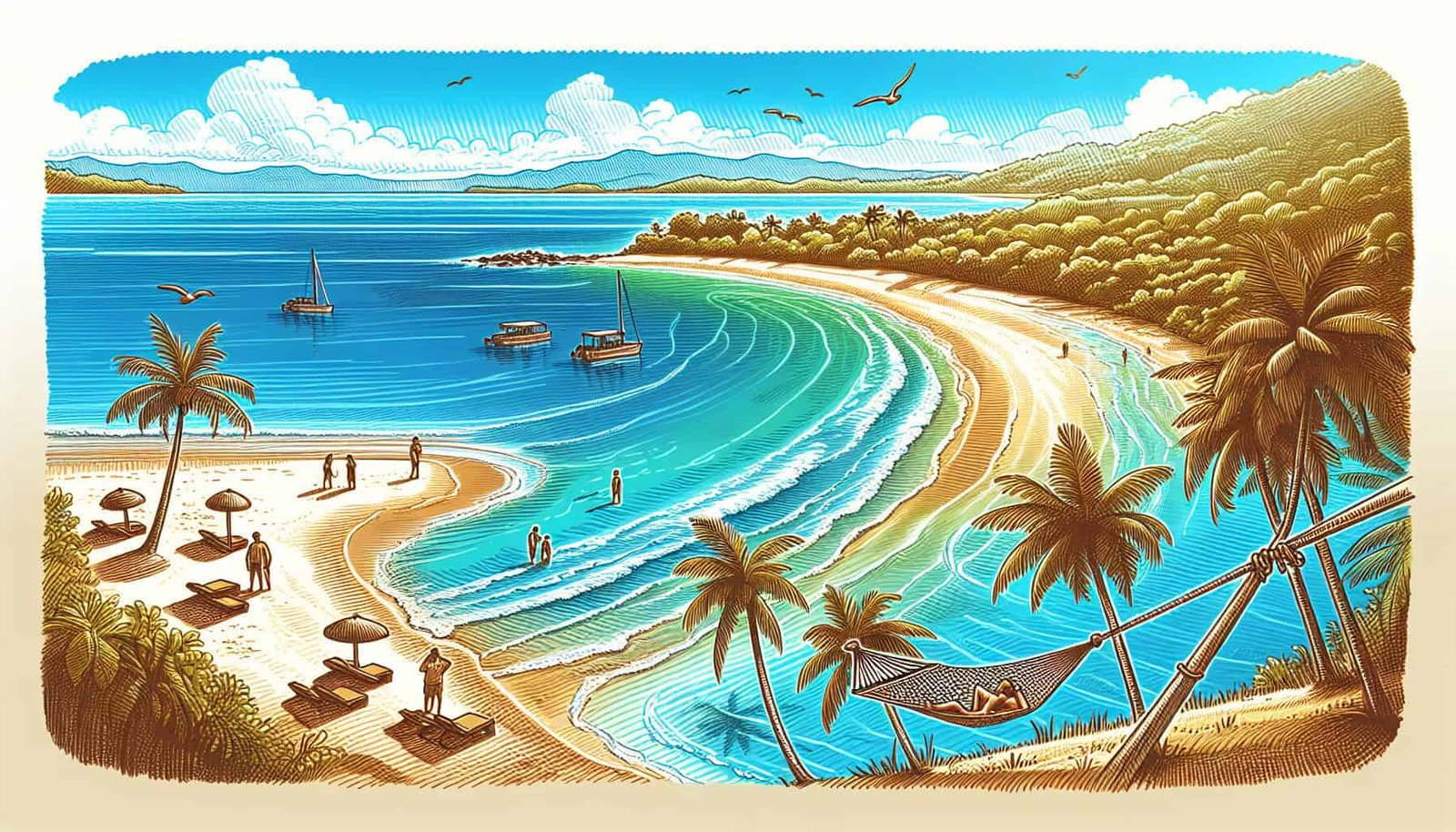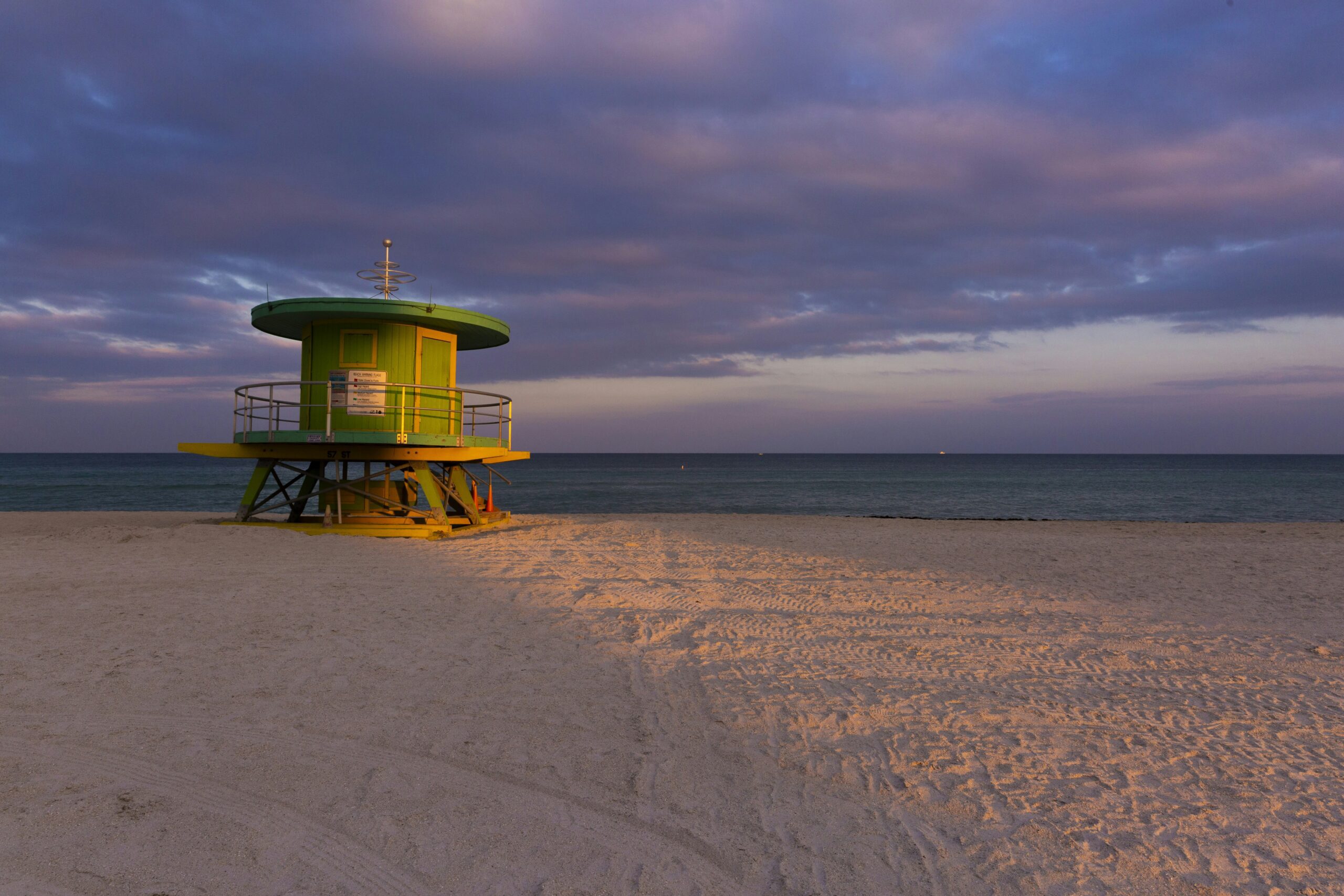If you’re planning a relaxing beach vacation in Nicaragua, it’s essential to be aware of the safety tips for swimming at the country’s stunning beaches. With crystal-clear waters and picturesque shorelines, Nicaraguan beaches offer a slice of paradise. However, understanding how to stay safe in the water is crucial to ensure a memorable and hazard-free experience. In this article, we will explore some important safety tips that will help you enjoy your time in the ocean while minimizing any potential risks. So, grab your sunscreen and let’s dive into these helpful guidelines for swimming at Nicaraguan beaches!
Beach Selection
When it comes to swimming at Nicaraguan beaches, there are a few important factors to consider before you take the plunge. Researching the beach beforehand is crucial to ensure you choose a safe and suitable location for swimming. Look for information on the beach’s conditions, such as its water cleanliness, presence of dangerous marine life, and availability of lifeguards. This way, you can make an informed decision and select a beach that aligns with your preferences and safety needs.
Once you have chosen a beach, it is wise to look for designated swimming areas. These areas are typically marked off with buoys or flags and are regularly patrolled by lifeguards. Swimming within these designated zones helps to reduce the risks associated with venturing into unmonitored waters. Not only can lifeguards keep a watchful eye on swimmers in these areas, but they can also provide immediate assistance in case of emergencies.
While exploring remote or unpatrolled beaches may sound enticing, it is best to avoid swimming in these areas. These beaches often lack lifeguards and may present hidden dangers that are not immediately apparent. To ensure your safety, it is advisable to stick to beaches that are well-patrolled and have a lifeguard presence.
Weather and Tide Conditions
Being aware of the weather and tide conditions is crucial for a safe swimming experience. Before heading to the beach, check the local weather forecast. If there are strong winds, thunderstorms, or other hazardous weather conditions expected, it is best to postpone your swimming plans. Stormy weather can create strong currents and dangerous rip currents, putting swimmers at risk. Stay up-to-date with weather reports and make informed decisions based on the forecasts.
Rip currents are powerful, fast-moving channels of water that can pull swimmers away from the shore. These currents can be difficult to spot from the surface, making them especially dangerous. If you find yourself caught in a rip current, remember to stay calm and swim parallel to the shore until you are out of the current’s pull. Once you are free from the rip current, you can then swim back to the shore.
It is crucial to avoid swimming during storms, as thunder and lightning pose significant risks. Water is an excellent conductor of electricity, and being in the open during a storm increases the chances of a lightning strike. To stay safe, it is best to wait until the storm has passed before entering the water.

Water Safety
Knowing your swimming abilities and limitations is key to staying safe while enjoying the water. If you are not a strong swimmer or lack confidence in your abilities, it is important to acknowledge and respect your limitations. Stick to swimming within your comfort zone and avoid venturing too far from the shore. This will ensure that you are able to swim back safely if you encounter any difficulties.
When swimming, it is advisable to stay within your depth. This means being aware of the water’s depth and ensuring that you can comfortably touch the ocean floor. Being in control of your buoyancy and movements becomes more challenging as the water gets deeper, so it is best to stay within a depth that allows you to maintain control over your swimming.
Ocean floors can be uneven, with unexpected drops, hidden rocks, and other hazards. While swimming, it is essential to remain cautious and mindful of your surroundings. Pay attention to any changes in the depth or texture of the ocean floor and adjust your swimming accordingly. By being aware of the ocean floor, you can avoid potential injury or accidents.
Swimming alone in the ocean is never recommended. It is always safer to swim with a buddy who can keep an eye on you and provide assistance if needed. If you cannot find a swimming partner, try to swim in areas with lifeguards present. Lifeguards are trained to respond to emergencies quickly and can offer assistance if you find yourself in a dangerous situation.
When visiting the beach with children, constant supervision is necessary. Children can be unpredictable and may underestimate the dangers of the ocean. Always keep an eye on them and ensure they are within arm’s reach. Teach them about water safety, such as staying away from undercurrents and not swimming in deep areas without appropriate supervision.
Beach Hazards
While enjoying your time at Nicaraguan beaches, it’s important to be aware of potential hazards that may exist in the water. Dangerous marine life, such as sharks or stingrays, can be present, although encounters are rare. Keep a lookout for warning signs posted by authorities and listen to any instructions or recommendations from locals or lifeguards. If you spot any marine life that may be dangerous, it is best to exit the water and notify the appropriate authorities.
Another hazard to watch out for is sharp rocks or coral. These can be hidden beneath the water’s surface and pose a risk of cuts or injuries. When swimming, pay attention to your surroundings and avoid areas where rocks or coral are prevalent. If you accidentally come into contact with sharp rocks or coral, exit the water and tend to any wounds immediately.
Some beaches may experience periodic influxes of jellyfish, which can deliver painful stings. Keep an eye out for any jellyfish sightings or warnings provided by local authorities. If you encounter a jellyfish while swimming, carefully and slowly retreat from the water to avoid getting stung. It is advisable to seek medical attention if you do get stung to ensure proper treatment.
Swimming near fishing boats is not recommended. The propellers of these boats can be dangerous, and lines and nets can pose entanglement risks. Additionally, fish waste and bait used by fishermen can attract marine life that may be hazardous. To ensure your safety, swim away from fishing boats or areas where fishing activities are taking place.

Sun Protection
Protecting your skin from the sun’s harmful rays is crucial for a safe and enjoyable beach experience. Applying sunscreen with a high SPF (Sun Protection Factor) is vital to protect your skin from UV radiation. Remember to reapply sunscreen regularly, especially after swimming. Even on overcast days, UV rays can still penetrate cloud cover, so it’s essential to stay protected.
Seeking shade during peak sun hours, typically between 10 am and 4 pm, can help minimize your sun exposure. The sun’s rays are strongest during these hours, so finding shelter under umbrellas, trees, or other shaded areas can provide relief from the sun’s heat and reduce the risk of sunburn.
Wearing protective clothing, such as long-sleeved shirts, rash guards, and wide-brimmed hats, helps shield your skin from direct sun exposure. Covering up as much as possible without overheating will provide an additional layer of protection against harmful UV rays. Protecting your eyes with sunglasses that offer UV protection is also important, as prolonged exposure to the sun can cause damage to your eyes.
Emergency Preparedness
Being prepared for emergencies is essential when spending time at the beach. Whether you’re a strong swimmer or not, it is advisable to learn basic water rescue techniques. Knowing how to perform CPR (Cardiopulmonary Resuscitation) and rescue breathing can be life-saving skills that enable you to help others in an emergency situation.
It is important to be aware of the local emergency numbers and have them readily available. Whether it’s the local lifeguard station or emergency services, knowing who to contact in case of an emergency is crucial for a timely response. Save these numbers in your phone or keep them written down in a visible place for easy access.
Carrying a well-stocked first aid kit is highly recommended. The kit should include basic medical supplies such as bandages, antiseptic wipes, pain relievers, and any necessary personal medications. Having these supplies on hand can help you quickly address minor injuries or provide initial care in case of more significant incidents.
Familiarize yourself with the safety services available at the beach you’re visiting. Learn about the location of lifeguard stations, first aid posts, and any other emergency services provided. Knowing where to find help and assistance can make a significant difference in case of an emergency.

Alcohol and Drugs
It is essential to avoid consuming alcohol or drugs before swimming. Alcohol impairs judgment, coordination, and reaction time, increasing the risk of accidents, injuries, and drowning. Combining alcohol or drugs with swimming can be a dangerous mix, as they can affect your ability to make rational decisions and respond effectively to potential dangers.
Additionally, it is advisable to stay away from individuals who are under the influence of alcohol or drugs while swimming. Their impaired judgment and coordination can compromise their safety and potentially put others at risk. Encourage responsible behavior and prioritize safety when enjoying the beach with friends or fellow beachgoers.
Local Advice and Regulations
Seeking advice from local authorities or lifeguards is a valuable resource for beach safety. They possess in-depth knowledge of the specific conditions and hazards of the beach you are visiting. They can provide advice on areas to avoid, current risks, and any regulations or warnings you should be aware of.
Respecting any beach-specific rules or warnings is crucial for your safety and the well-being of others. These guidelines are in place to ensure a safe and enjoyable beach experience for everyone. Pay attention to signs and instructions provided by authorities, and do your part to follow them.
Respecting the environment and local customs is important when visiting any beach. Be mindful of any designated protected areas or restrictions in place to preserve the natural surroundings. Dispose of your trash properly and avoid littering. By being considerate and environmentally conscious, you help maintain the beauty and integrity of the beach for future generations to enjoy.

Boating and Water Sports
If you plan on engaging in boating or water sports activities, it is essential to prioritize safety. Familiarize yourself with the safety guidelines specific to the activity you are participating in. This may include wearing life jackets, using appropriate equipment, and following any rules or regulations set by local authorities.
When participating in water sports, such as jet skiing, kayaking, or paddleboarding, it is crucial to wear flotation devices. Life jackets or personal flotation devices should be worn at all times to ensure your safety in case of accidents or unexpected falls into the water. Even if you consider yourself a strong swimmer, these devices provide an extra layer of protection.
Be aware of other watercraft in the area, especially when engaging in water sports. Be mindful of their presence and maintain a safe distance to avoid collisions or accidents. Be courteous and follow any right-of-way rules that may be in place to ensure a safe and harmonious environment for all beachgoers.
Health Precautions
Water pollution can be a concern at some beaches, potentially leading to waterborne illnesses. It is important to be aware of water pollution advisories or recent incidents of contamination. Check with local authorities or lifeguards for any warnings or recommendations regarding water quality. If the water is deemed unsafe for swimming, it is best to follow the advice and avoid entering the water.
While swimming, it is advisable to avoid swallowing or getting water in your mouth. This can help reduce the risk of ingesting harmful bacteria or parasites. It is also important to avoid swimming if you have an open wound, as this can increase the chances of infection.
Considering getting a vaccination for water-related illnesses, such as hepatitis A, is a precautionary measure for individuals planning to visit swimming areas known for poor water quality. Consult with a healthcare professional or travel medicine clinic to determine if vaccinations are recommended based on your destination and personal health history.
By following these safety tips, you can make the most of your swimming experience at Nicaraguan beaches while prioritizing your well-being. Stay informed, make responsible choices, and have a fantastic time exploring the beautiful coastlines of Nicaragua.

